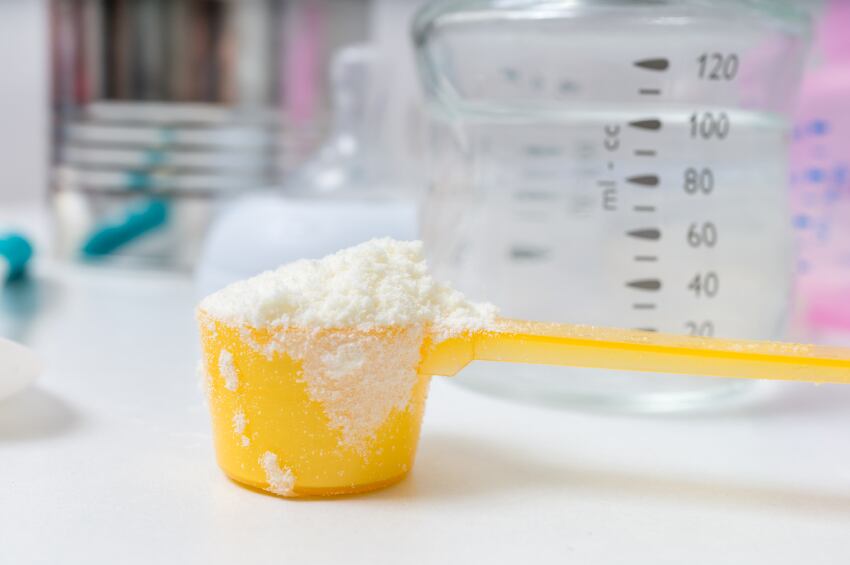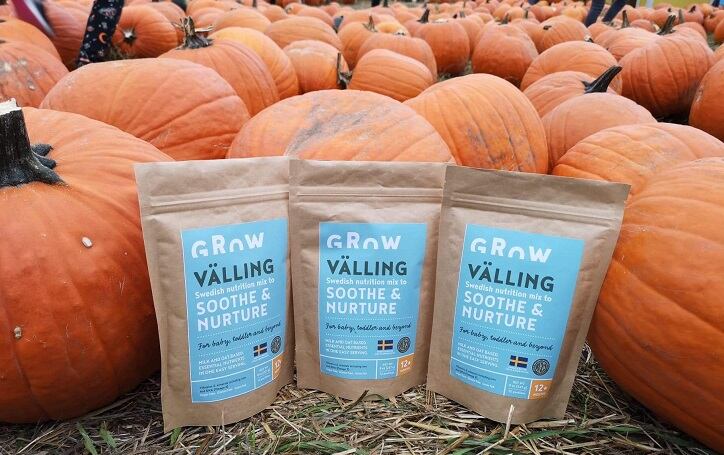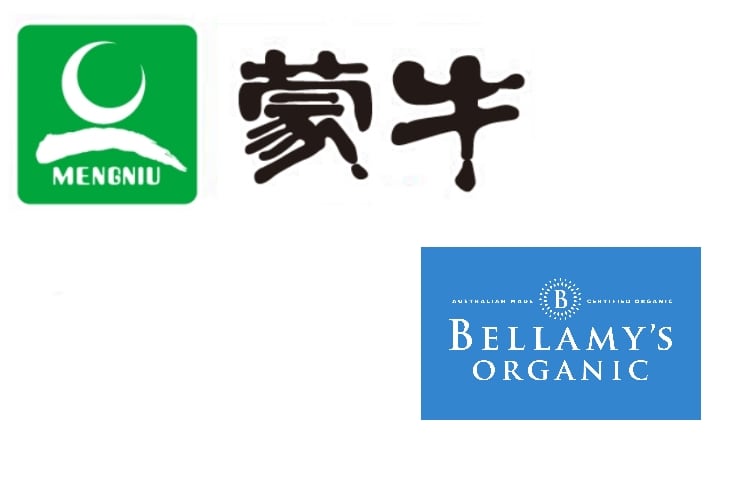The trial randomly assigned roughly 300 newborns to receive either breast milk or breast milk and formula for their first few days, and found that the number of children who had developed an allergy to cow's milk by their second birthday was significantly higher in the group that received formula.
Following the trial, cow's milk sensitization was present in 32.2% of two-year-olds in the group exposed to cow's milk formula right after birth, compared with 16.8% of their counterparts who were not.
The authors say avoiding formula immediately after birth is an easy fix—especially in majority lactose-intolerant Japan, where this practice of early supplementation is very common.
Allergic reactions can be the result of immunologic changes in immunoglobulin E (IgE), an antibody formed by the immune system. Food allergy mediated by IgE is becoming a global concern because its prevalence and severity are worsening.
To overcome this issue, prolonged exclusive breastfeeding with or without supplementation with hypoallergenic formulas for infants at risk has been recommended. However, these preventive strategies have recently been called into question.
For example, cohort studies have demonstrated that the frequency of IgE-mediated cow’s milk allergy was lower in infants who began receiving regular cow’s milk formula within the first 14 days of life, and therefore recommended cow’s milk supplementation at birth.
However, the effects of supplementing breast milk with cow’s milk formula at birth or within the first three days of life on the risk of cow’s milk allergy and atopy are still controversial.
Many Japanese maternity wards encourage breast feeding but allow mothers or nurses to supplement breast milk with formula—in particular, approximately 6-10 hours after birth or even earlier—based on maternal preferences but not clinical evidence.
However, until 20-30 years ago, sugar water was given instead of formula at birth. Thus, the Japanese authors reasoned that early exposure to formula at birth is, at least in part, associated with the recent increase in children with food allergy.
Hindering breastfeeding
Elsewhere in Asia, exclusive breastfeeding of newborns, a practice recommended by the World Health Organisation, is hindered in many countries by practices such as prelacteal feeding, or feeding other foods before infants are first given breast milk.
Early prelacteal feeding practices have found to be significantly associated with lower maternal education, higher gravidity, lower socioeconomic status, and younger maternal age. A perceived inability to suckle normally after birth has been closely linked to the risk of an infant being fed a food other than breast milk in the first three days of life.
It is a common practice in parts of India, Bangladesh and Pakistan, for example, for a baby to be given sugar water or honey as its first food. The notion that colostrum—the first secretion from the breast—is "dirty" is widespread in the region, and often the colostrum is thrown away. It is also perceived that sweet water or foods provide protection for the baby against illness and give the baby a sweet personality.
Lactose intolerance and milk allergy are the key drivers for new product development, which is growing the Asia-Pacific market. It has been found to be most frequent in northeastern China, where as many as 92% of the population is lactose-intolerant, according to one study of ethnicity.
This in turn has had a knock-on effect to areas of Chinese diaspora, such as in Southeast Asia, and inter-marriage has brought higher levels of lactose intolerance to other ethnic groups.
Growth of dairy alternatives
The region, however, still has very few options of lactose-free dairy products for adults. As a result it is the world’s biggest market for dairy alternatives, and the fastest growing region in this regard.
Soy milk is the most popular alternative, containing isoflavones, which improve the lipid profile and reduce the cholesterol levels. It is also cheaper than other non-dairy products and can be a complete substitute for regular milk, especially when it is fortified with nutrients, such as calcium, iron, and vitamins B3 and B12.
Furthermore, with milk alternative manufacturers widening their distribution network and retailers providing dedicated shelf space, these products are now more accessible to a wider population. Globaldata has estimated the grain, nut, rice, and seed milk-alternative market for Asia at 5.5bn liters in 2018 and the soymilk market at 8.7bn liters.
Dairy alternatives including plant-based products, have considerable potential to capitalize on consumer’s preference for traditional dairy products, the researcher believes.
According to a survey in Indonesia, 54% of respondents aged 18-24 years, and 44% of respondents aged between 25-34 years, purchase lactose-free food and drinks as they believe it is healthy, therefore driving the demand for milk alternatives such as soy, nut-based and grain-based beverages.
Back in Japan, many soy products are certified as foods for specified health use, and given the beloved “Foshu” stamp. These resonate well with Japanese consumers who are concerned about their overall wellbeing, and this has been driving the consumption of such products even further in the country.
Though over 80% of Japan’s population is estimated to be lactose intolerant to some degree, a recent Israeli study found that the country’s dairy consumption had been growing in “a vivid example of the realization of the population, healthcare professionals and public opinion leaders regarding the importance of milk as a source of essential nutrients.”
It concluded that Japanese consumers are increasingly coping with lactose intolerance by learning to consume milk within their physiological limitations. Perhaps more will now start to do so from the youngest age.




